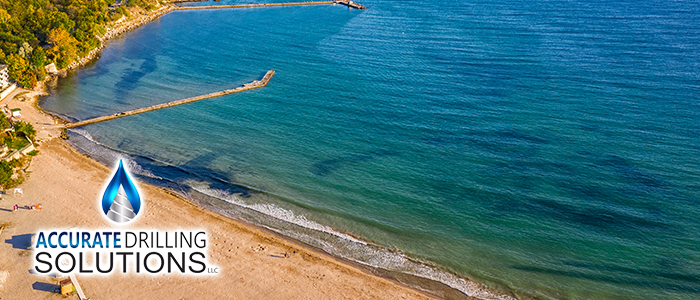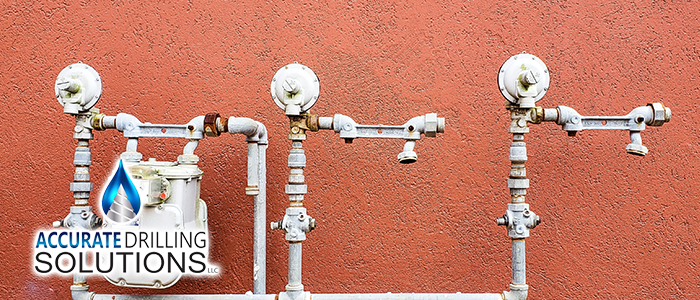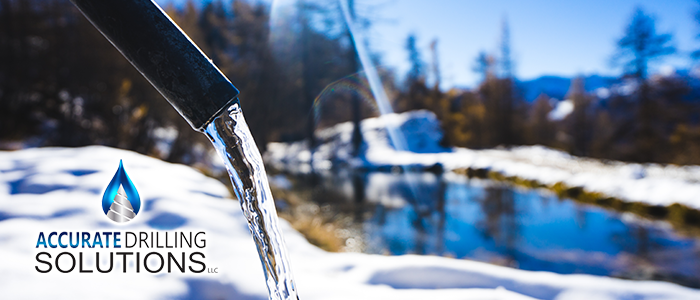
Can I Dig a Coastal Well?
The soil near the coast proves to be a unique challenge for well drilling. If you live near the ocean, can you have a well? After all, everyone knows that salty water isn’t suitable for drinking without treatment. However, there are situations where drilling a well near the coast is not only possible but easy. As long as your well drilling company is aware of the process, it is often straightforward. So what do you need to know about digging a well in sandy soil? Can seawater contaminate well water? This article will cover the risks of drilling wells into sandy environments and coastal considerations to make.
Fresh Water and Salt Water
There is some good news. Florida gets plenty of rain. When there’s a lot of rain, the level of freshwater will stay above sea level. In especially porous and malleable soil, you may even be able to drill down to freshwater below sea level. When rain is scarce or overused in years of drought, the water supply may become scarce and spotty. You should also be aware that water at higher elevations always flows down to even out with water below it. This can be prevented by impermeable ground, though.
Because geology and rainfall can gradually change over time, “fossil water” can be trapped for thousands of years. This water doesn’t accumulate or run out until it’s used, and then once it’s used, it doesn’t come back. So rather than drilling into the first water source you find, the goal is to drill into aquifers no matter how close to the coast you are.
How to Drill In Sandy Soil
Close to the coast, it’s no shock that a good deal of the soil is sandy. The first dozen or so feet are very easy… But wells are often very deep. Sometimes you can get away with a 20 foot well if the water table near the coast is very high. Other times, and more often, you must go deeper. This is especially true if you strike brackish water after that depth, the sand begins to collapse into the borehole.
This is why two-pipe drilling techniques are often used, which pump water into the borehole to allow the drill to reach deeper. In addition, some wells may require a wider casing. Though there are these considerations, many people do have wells close to the coastline. You could have one, too, as long as you stay aware of certain things.
What to Know About Coastal Wells
As mentioned, wells near the coast may be more prone to water quantity and quality changes than wells further inland. This is because they are so much closer to sea level. You may notice your pump cycling rapidly or a salty taste in your water. If your water’s quality or quantity changes, it’s time to bring in professionals. Brackish water is not potable – You can’t drink it.
Even wells close to the coast should be purely freshwater. If yours isn’t, there may be a problem. It might be your well’s location, the equipment, or the unfortunate situation of being stuck in a fossil water source. Whatever the case, Accurate Drilling will get you the well you need for your family and needs.
continue reading
Related Posts
Port Richey Guide to Commercial Water Systems Businesses in Port
Englewood’s Winter Well Maintenance Checklist While Englewood and nearby Sarasota
Largo Businesses: Maximizing Your Pump System Performance For businesses operating







